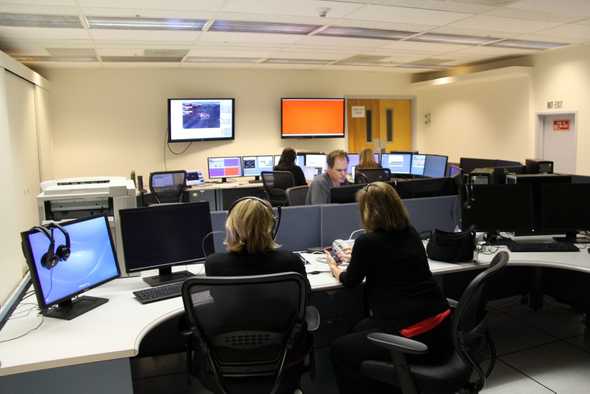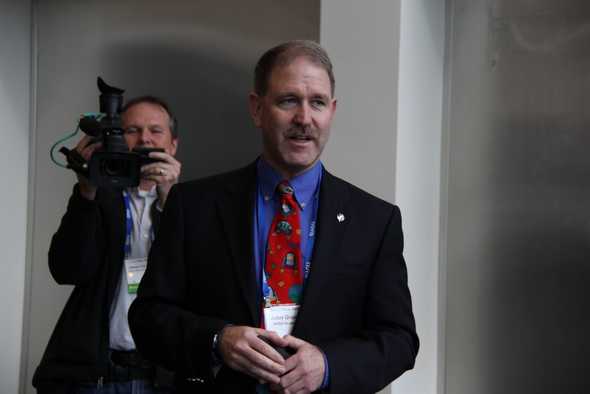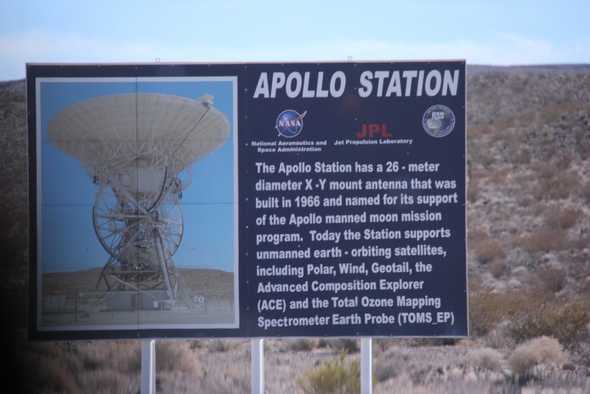Astronaut Stephen Bowen has flown three shuttle missions (STS-126, STS-132, and STS-133), is a retired Captain in the U.S. Navy, a native of Cohasset, MA and a graduate of Cohasset High School. He talked with attendees of the Sample Return Robot Challenge last month.
Bowen said he found the Sample Return Robot Challenge fascinating. The challenge may sound simple: start here, go out and get this thing, and bring it back. But you can’t use GPS or a magnetic compass. So it may be a little more difficult. You have to do all the navigation on board.
Bowen was fascinated with the different ways the teams solve the problem. How they approach a similar problem but come up with different solutions. How they come up with different budgets and have different knowledge bases. Bowen joked that how the robot behaves is a reflection of how the team members think, but to be fair, it really isn’t as linear.
We had the opportunity to ask questions and here is a summary of what Bowen said.


